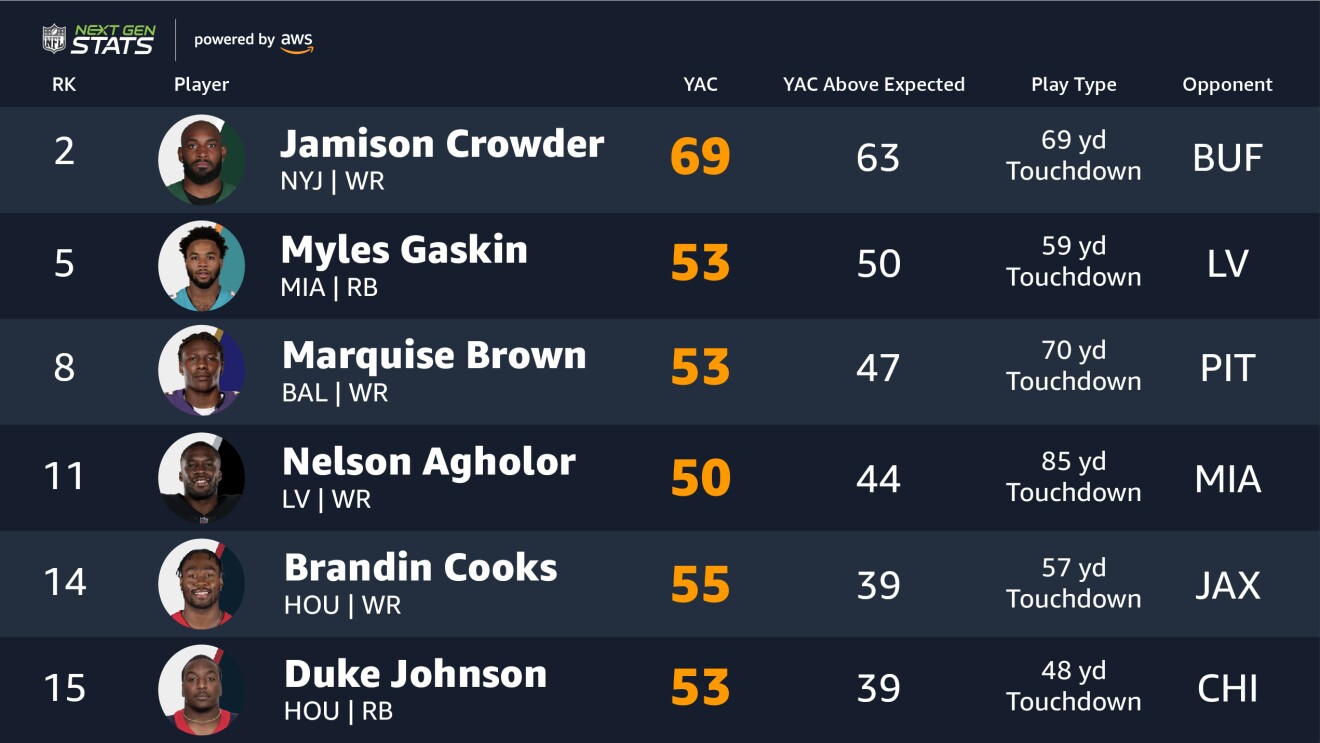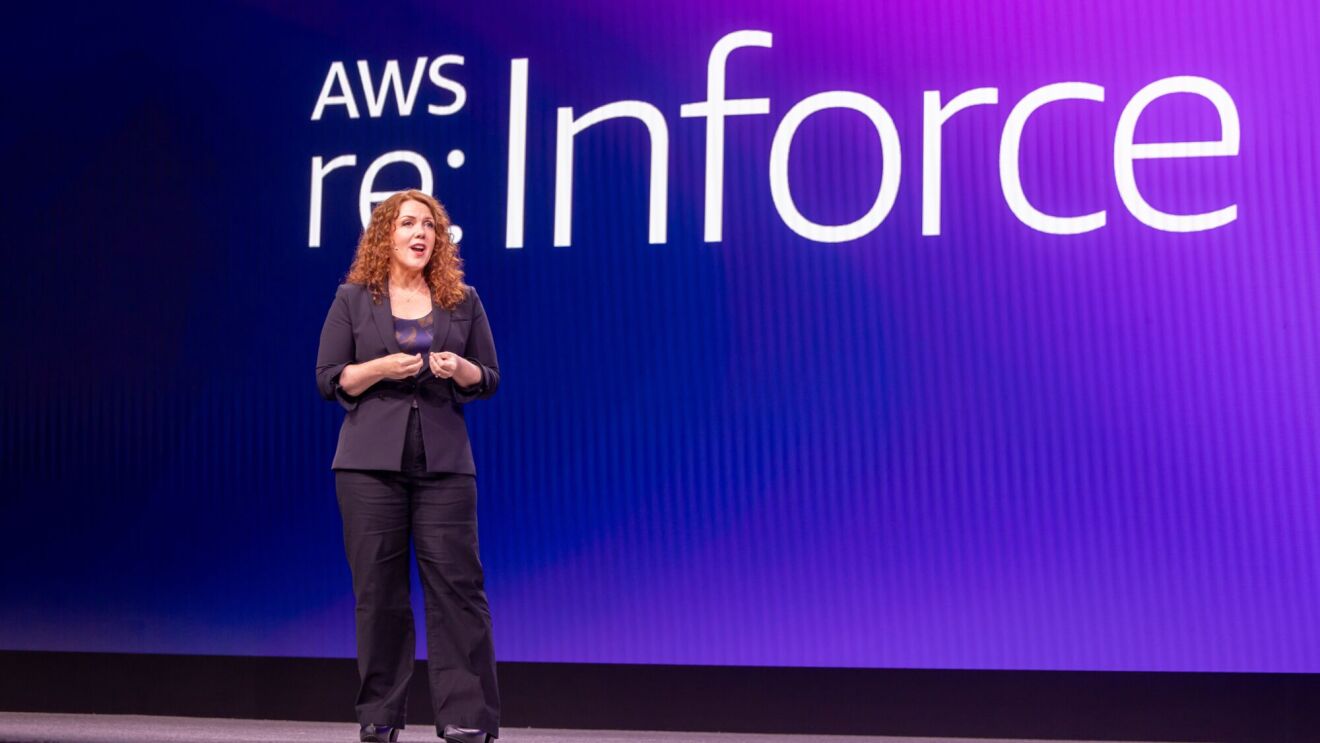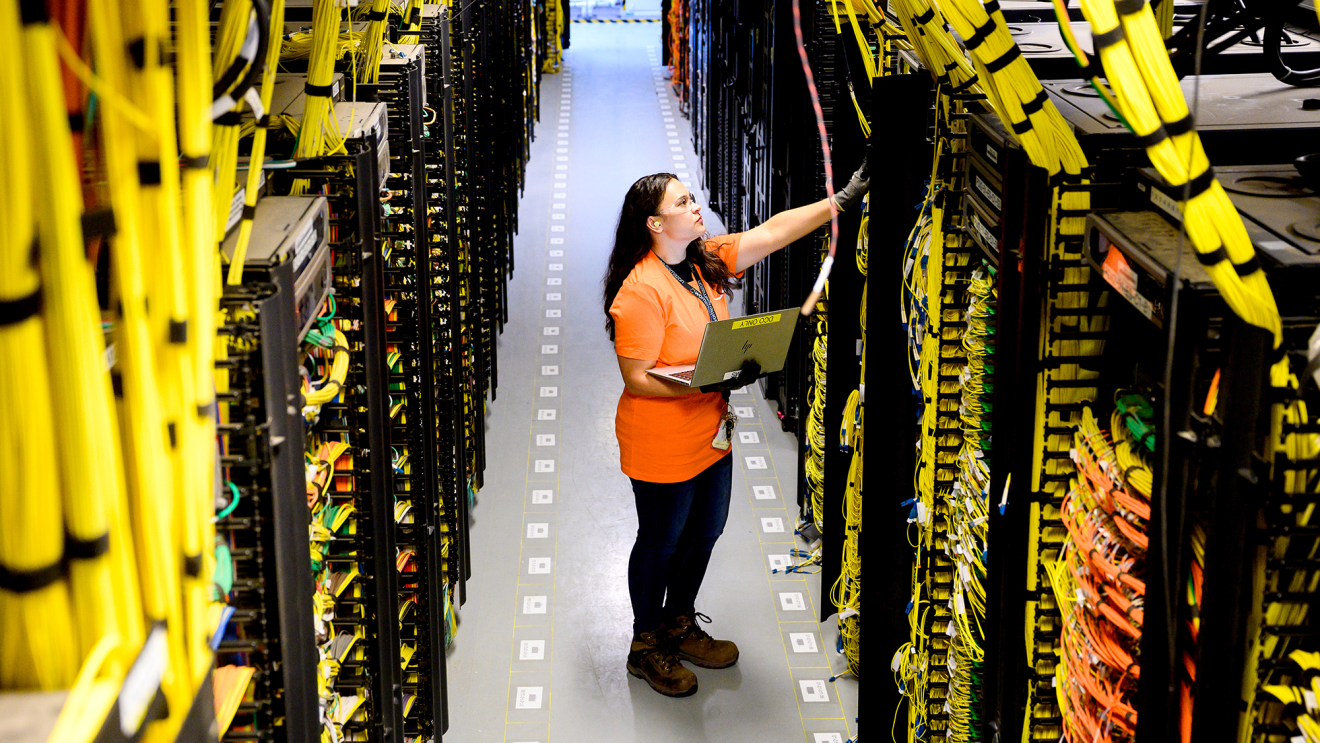This Sunday, the National Football League will host Super Bowl LV in Tampa, Florida, with the Tampa Bay Buccaneers and the Kansas City Chiefs vying for the Lombardi Trophy and the opportunity to write their names in the record books. For the Chiefs, they are attempting to become back-to-back champions while the Buccaneers are making their first Super Bowl appearance since 2003.
All season long, Amazon Web Services and the NFL have worked together to deepen fan engagement, accelerate innovation, and build the future of football. AWS provided the technology that enabled the league to deliver its first virtual NFL Draft, and the NFL is tapping into AWS's machine learning technology to improve player health and safety. Since 2017 the NFL has relied on AWS's cloud computing technology to excite and educate fans through Next Gen Stats powered by AWS, highlighting the talents of players on the field through a data-driven approach with advanced statistics.
Next Gen Stats is the capture of real-time location data, speed, and acceleration for every player, and every play, on every inch of the field. Sensors throughout the stadium track tags placed on players' shoulder pads and in the football, charting individual movements of the players and the ball within inches. Check out the new Next Gen Stats powered by AWS that launched for 2020, some of which are featured in the latest AWS ad that wraps up the season.
To help get the estimated 100 million worldwide viewers excited for the biggest football game of the year, we took a look at some of the most impressive Next Gen Stats from this season. Make sure to tune into the Super Bowl on Sunday at 6:30 p.m. ET on CBS where Next Gen Stats powered by AWS will be featured during the game.
Rush Yards Over Expected, season average
Below are some of the NFL's top rushers according to a new stat in 2020, Expected Rush Yards. These running backs achieved the most Rush Yards Over Expected (RYOE) per attempt this season, meaning the running back defied expectations, gaining more yards per attempt than predicted. Built using machine learning, Expected Rush Yards is designed to show how many rushing yards a ball-carrier is expected to gain on a given carry based on the relative location, speed, and direction of blockers and defenders.

Rush Yards Over Expected, biggest plays
While some running backs had excellent RYOE per attempt this season, these running backs had some of the best big plays this season, gaining huge amounts of yardage versus what was expected at handoff.

Completion Probability
Completion Probability takes into account a variety of Next Gen Stats including Air Distance, Air Yards, Receiver Separation, and more. Here are some of the most improbable completions from the 2020 season.

Expected Yards After Catch
Expected Yards After Catch (xYAC) was launched in 2018 and the model was reconstructed this year, following the same methodology as Expected Rush Yards, which originated from the Big Data Bowl, powered by AWS. This Next Gen Stat showcases how a receiver was able to gain more yards after catching the football than expected. The machine learning model takes into account numerous metrics such as receiver speed, separation, defender location, and more. Here are some highlights of plays that beat expectations.

Fastest Ball Carriers
Fastest Ball Carriers highlights the maximum speed a player achieves on a given play when carrying the ball. Here are some of the fastest players in the NFL from the season.

Trending news and stories
- Meet Project Rainier, Amazon’s one-of-a-kind machine ushering in the next generation of AI
- 4 things that make Prime Day 2025 different
- From packing boxes to building satellites: Amazon's Career Choice helps employees take stellar career leaps
- Meet the cast and characters of ‘The Summer I Turned Pretty’ on Prime Video









